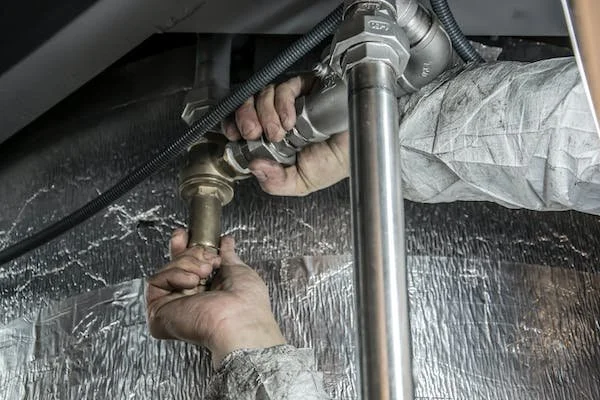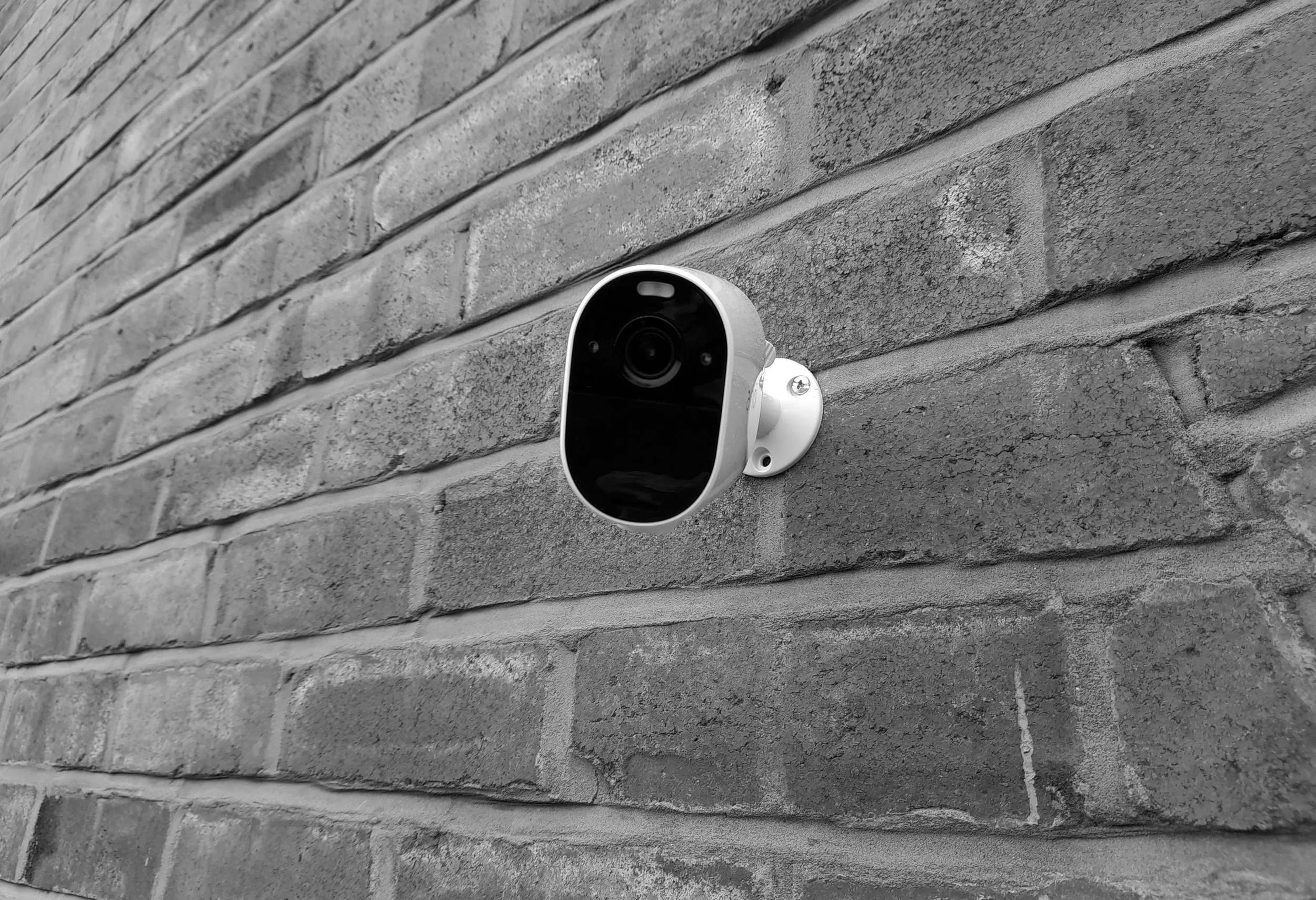Essential Tips for Maintaining Your Pool in the Summer
RH Business Marketing Solutions
As the summer heat settles in, many people turn to their pools for a refreshing escape. However, maintaining a pool during the summer months requires some attention and care to ensure it remains clean, safe, and inviting. In this article, we will provide you with essential tips to keep your pool in pristine condition throughout the summer season, ensuring that you and your family can enjoy endless hours of fun and relaxation.
Regular Cleaning:
Proper cleaning is the foundation of maintaining a sparkling pool. Skim the surface of the water daily to remove leaves, insects, and debris. Use a pool vacuum or robotic cleaner to clean the pool floor and walls at least once a week. Brushing the walls and tiles will prevent algae buildup and keep them looking fresh. Remember to empty the skimmer baskets regularly to optimize the pool's filtration system.
Consistent Water Balance:
Maintaining the right water chemistry is crucial to ensure a safe and enjoyable swimming experience. Regularly test the pool water's pH, alkalinity, and chlorine levels using a reliable testing kit. Aim for a pH level between 7.4 and 7.6 and a total alkalinity level of 80 to 120 ppm (parts per million). Chlorine levels should remain between 1 and 3 ppm. Balancing these levels not only keeps the water clear and inviting but also helps prevent the growth of harmful bacteria and algae.
Filtration and Circulation:
Proper filtration and circulation are essential for keeping your pool water clean and free from impurities. Run your pool's filtration system for at least 8 to 12 hours a day, or as recommended by the manufacturer. Ensure the filter is clean and functional, and backwash or clean it as needed. Proper circulation also prevents stagnant water, which can encourage algae growth. Consider using a pool pump timer to automate the filtration process and save energy.
Regular Shock Treatment:
Regularly shocking or super-chlorinating your pool helps eliminate contaminants, neutralize chloramines (the byproducts of chlorine and organic matter), and restore water clarity. Shock treatment is especially important after heavy pool usage, a rainstorm, or when chlorine levels are low. Follow the manufacturer's instructions regarding the appropriate amount of shock treatment needed for your pool size and current conditions.
Maintain the Pool's Water Level:
Monitor and maintain the appropriate water level in your pool throughout the summer. Evaporation, splashing, and backwashing can lead to water loss, which may affect the overall pool performance. Refill the pool when the water level drops below the midpoint of the skimmer opening to ensure the pump and filtration system work optimally.
Address Algae and Stains:
Algae growth and unsightly stains can quickly detract from the beauty and cleanliness of your pool. Regularly brush the pool walls and floor to prevent algae buildup. In case of algae blooms, use an appropriate algaecide and follow the instructions to eradicate the problem. For stubborn stains, identify the cause (such as metal or organic matter) and use the appropriate stain remover or seek professional advice if needed.
Safety Measures:
Ensure the safety of swimmers, especially if you have children or pets, by adhering to essential safety measures. Install a pool fence or safety cover to restrict unauthorized access. Keep pool chemicals stored securely and out of reach. Equip the pool area with life-saving devices such as life rings, a reaching pole, and a first-aid kit. Regularly inspect and maintain pool equipment to avoid accidents or malfunctions.























